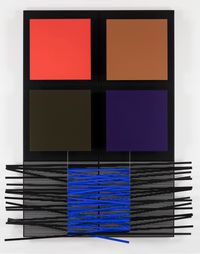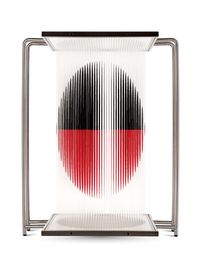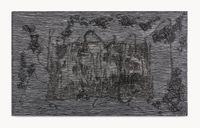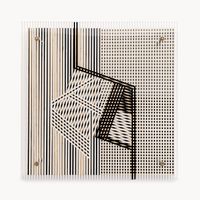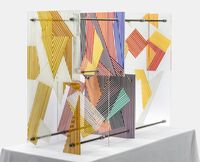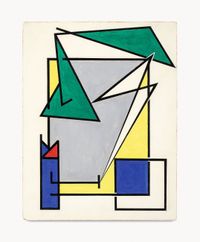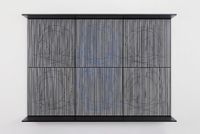Jesús Rafael Soto was an influential and central figure of post-war global modernism. He participated in the group exhibition Le mouvement (1955), at the Denise René Gallery in Paris, one of the foundational moments of the style. Throughout his career, he was prominent for the redefinition of the social role of art, rooted in wide research about the spatial-temporal quality of the artistic object.
Read MoreSoto studied Fine Arts in Caracas, then he moved to Paris in 1950, where he became a part of the international group of artists that sought to renew the experimental art scene. Even though he has been commonly associated with Op Art, Soto's work is rather characterized by the continuous study of movement and the dematerialization of the form, producing kinetic constructions where the active participation of the spectator is fundamental.
In 1958 he began Vibraciones, a series consisting of the overlap, in various levels, of grids and mobile objects that create infinite possibilities of vibrations and variations. Soto managed to create works accessible to all people, without marking the differences of age or cultural capital of the public, appealing to the very experience of the viewer in relation to the artistic object.
Text courtesy Galería RGR.
